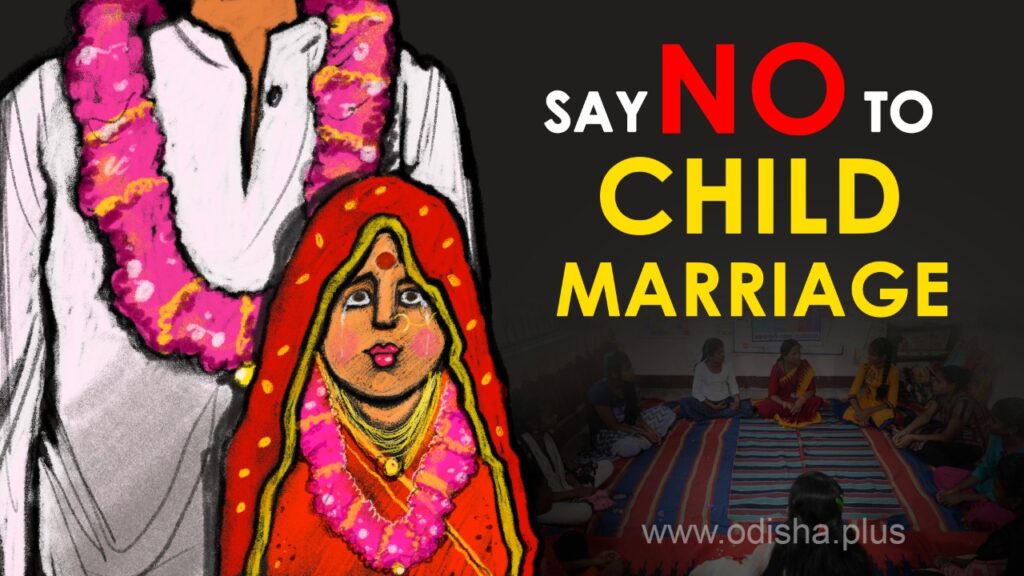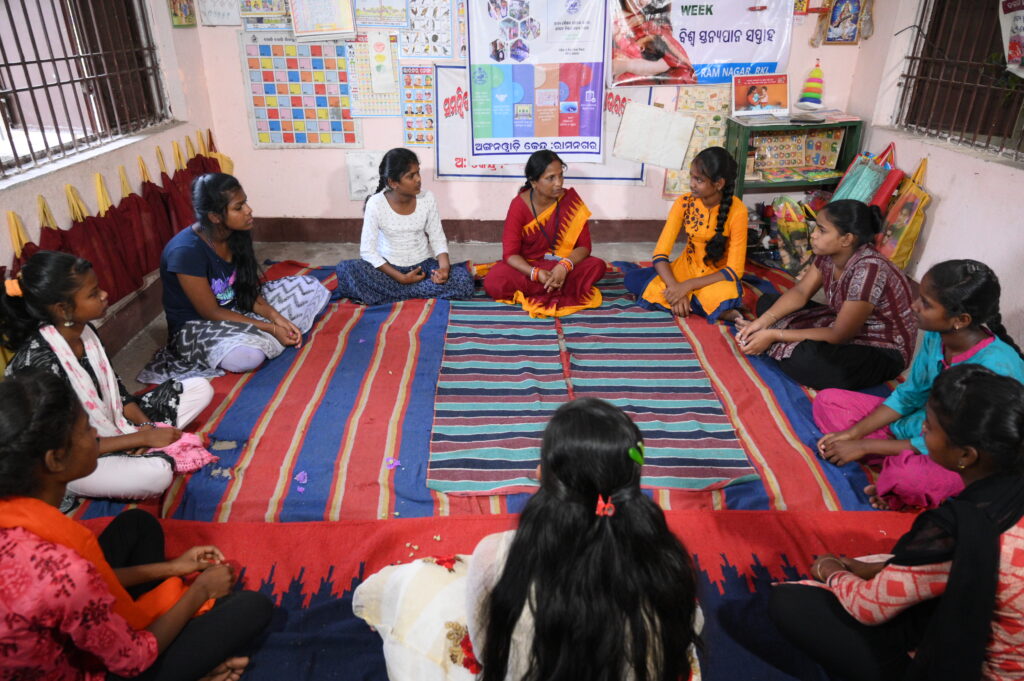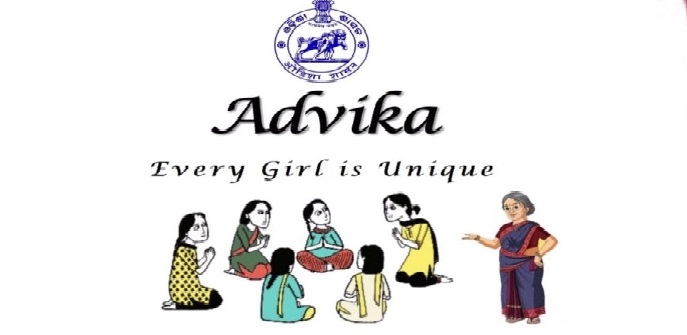Ghasiram Panda
Responding to a letter of Government of India, the Women and Child Development Department of Odisha has reported 7637 girls in between the age of 11 to 14 identified as dropout in the state. Similarly, the department has identified 24355 pregnant adolescents across the state only in the year 2020 – 21. This is depicting the situation of adolescent in the state.
The girl child marriage rate in Odisha as per NFHS – 5 is 20.5% and out of the 30 districts 12 are having more than the national average i.e. 23.3%. Many of our adolescent girls are being affected with such an age-old practice impacting their survival, development, protection, and participation rights. Early marriage, elopement and pregnancy are making adolescents, particularly the girls more vulnerable and restricting them to achieve their full potential.

In such a context the Odisha government has promulgated the state strategy action plan to end child marriage with a commitment to make the state child marriage free by 2030. Realization of rights and gender equality of girls is one among the key strategy envisaged in the state strategy action plan. ADVIKA; meaning I am unique is a programme recently launched by the state to achieve this objective.
Sonakhi a 17-year-old girl of Nayagarh district in Odisha lives with her maternal uncle along with her mother as her drug addicted father not been able to take any responsibilities of his family. When Sonakhi completed her 17th birthday, her marriage was finalised with a 30-year-old man.

Though Sonakhi denied marrying, there was a pressure on her to accept the decision. Afraid of the situation, she shared it with her peer group in ADVIKA. Responding to the issue, one of the peer leaders provide her a mobile phone to make a call to Childline. Sonakhi called Childline on her own and registered a complain. After getting the information, child line with the support of Anganwadi worker (AWW) and Child Marriage Prohibition Officer (CMPO) counselled the elders in the family and convinced to stop her marriage.
Sonakhi’s radical step to ascertain her choice of not marrying at this age was a challenge to patriarchy, not been accepted by the family members. Neither they talktoher nor gave proper food foraround next 20 days.
Sonakhididn’t stop there. She again took the help of AWW and her peer group in ADVIKA to short out this problem. Her family members finally understood the consequences of child marriage and started encouragingSonakhi to do something on her own.
At present she is continuing her education and giving home tuition to children to meet her expenses.
Reena Deep of Subarnapur an adolescent and a survivors of child marriage was a dropout because of poor financial condition. Reena being one among the regular attendees of ADVIKA could be able to avail the support of Child Marriage prohibition Officer to stop her marriage and now facilitating for an admission in ITI to peruse her dream.

This adolescent empowerment programme has an intention to facilitate a conducive environment for the adolescents where they can be capacitated with knowledge and skill, explore opportunities towards an empowered future. This also aims to provide a gender friendly space to speak out against any form of violence and inequality.
Amita Singh, the District Coordinator of ActionAid at Kendrapara told that the adolescents are taking great interest to make their ADVIKA group a model one. We have facilitated them to set up a “complain cum suggestion box” in the center where they are sharing quarries, opinion, and issues. This is helping them to understand menstrual hygiene, laws, and acts related to child protection, consequences of early pregnancy, facilities for adolescents etc.
Though the programme has created lots of hopes within the adolescents however needs improvement to achieve the desire results. AWW need more capacity building on skill to deliver a session and understand adolescents’ behavior. These frontline workers are also the part of our patriarchal society and are influenced by norms. Unless they will be sensitized enough, messages challenging the patriarchy will not reach to the targeted audience. Localized training materials, phase wise orientation, regular handholding support and contextualized teaching learning materials may be useful to overcome these bottlenecks. Audio- visual materials and sports as a tool to break stereotype always has been more impactful.
At present the curriculum is more focused on addressing the practical need and a very little on strategic need. In a gradual process more emphasis is required on building understanding on the space to deal with strategic need. This will be helpful for building the constituency of adolescents for a sustainable change towards a gender responsive society.
(Ghasiram Panda, Programme Manager – ActionAid, views are personal)
Tags: #GhasiramPanda #genderresponsive #ChildMarriage #CMPO #AWW #ActionAid #ADVIKA





























